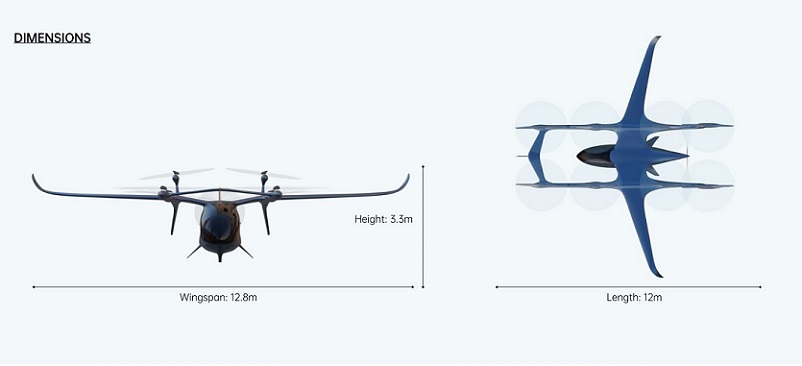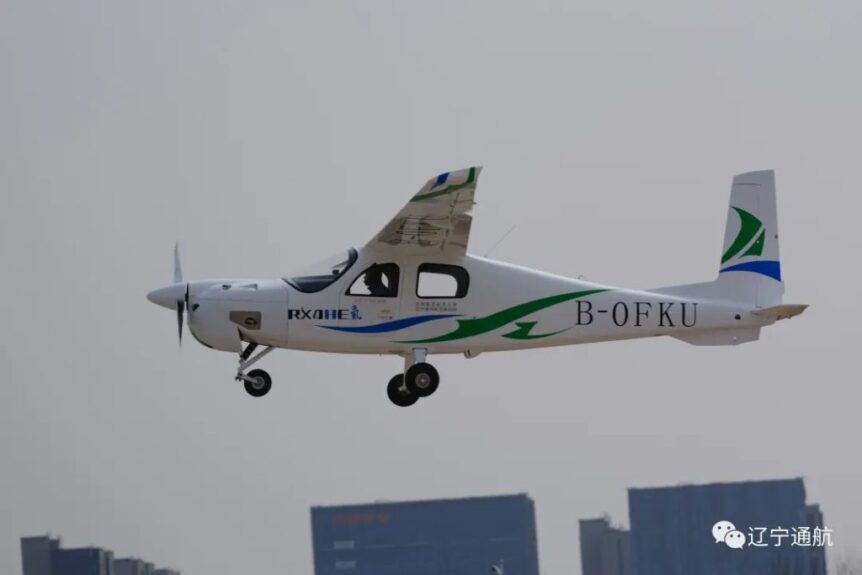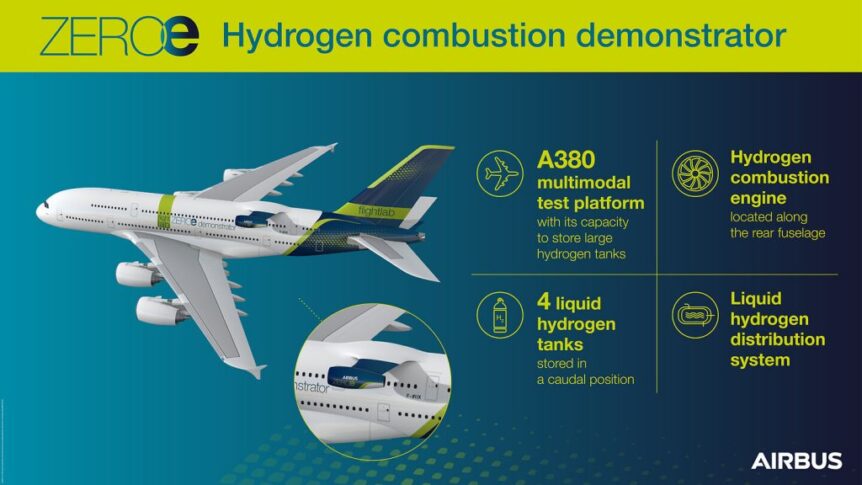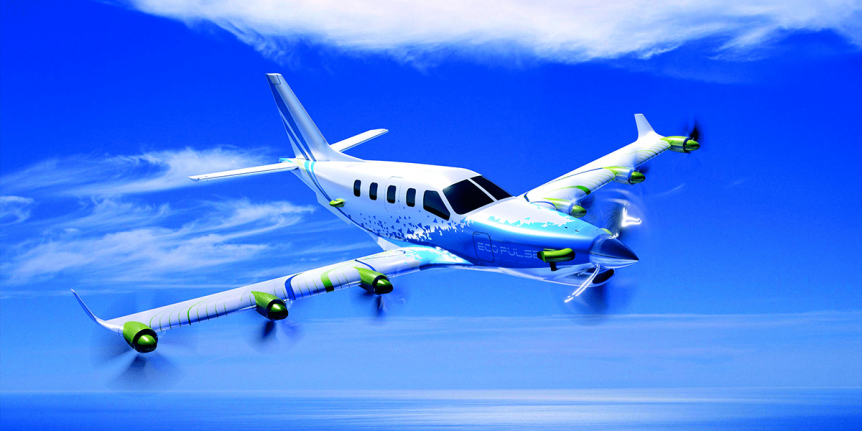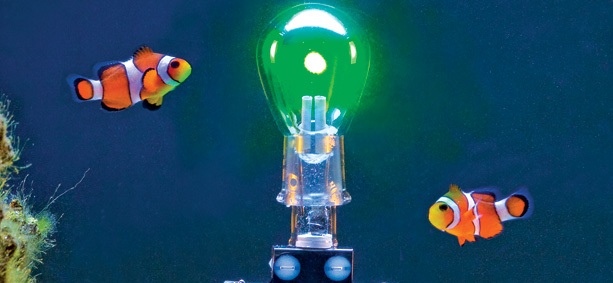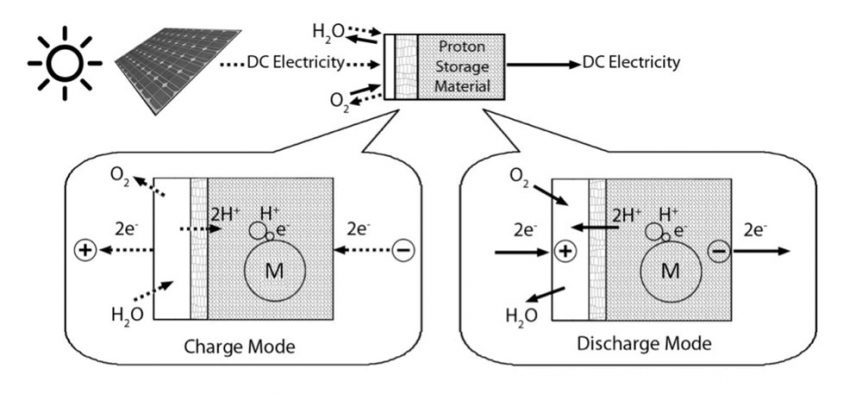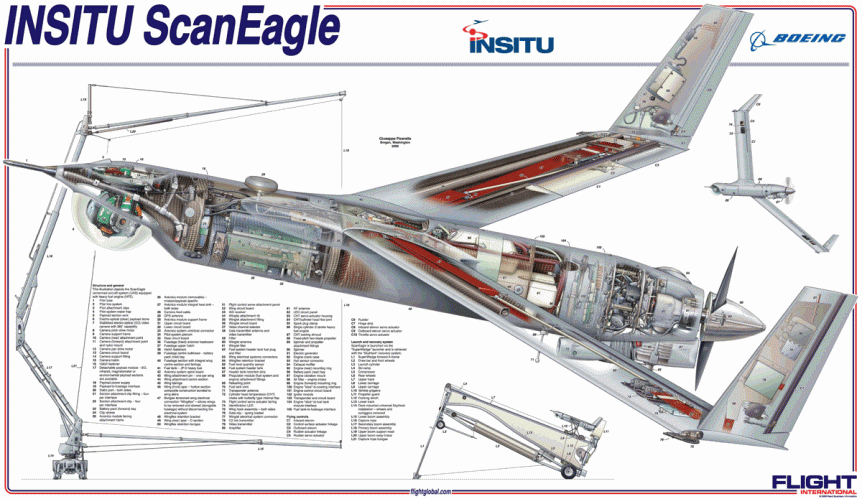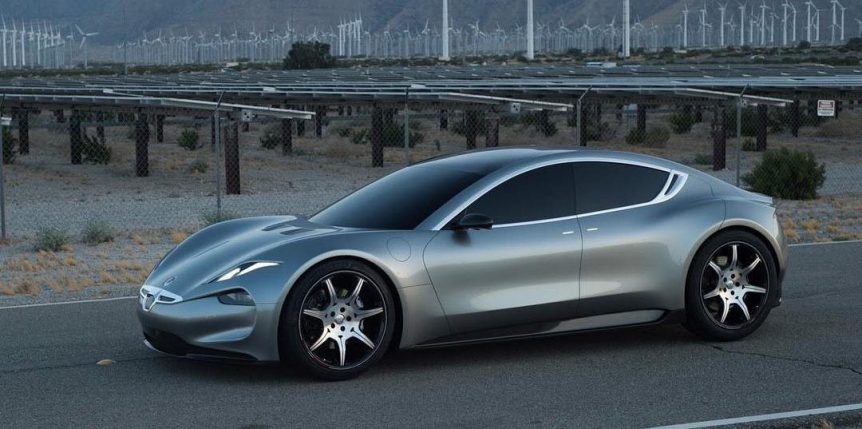AutoFlight, the Chinese firm founded by Tian Yu (Yuneec), celebrated two milestones, although maybe not “firsts” as described in the company’s press releases. Both, however, are impressive and worthy of note. First Intercity Flight AutoFlight claims to have flown the first inter-city electric air-taxi demonstration flight between the southern Chinese cities of Shenzhen and Zhuhai. In an autonomous trip, AutoFlight’s five-seat Prosperity eVTOL (electric Vertical Take Off and Landing) aircraft flew the 50km (31 miles) route from Shenzhen to Zhuhai. The flight across the Pearl River Delta took just 20 minutes, a journey that would require three hours by car. For those with the funds to make the flight the difference in time is incalculable. According to the company, “This marks the first public flight of an eVTOL aircraft on a cross-sea and inter-city route, spanning across the bay where the Pearl River meets the sea, connecting the two southern Chinese cities.” In 2021, Australians flew a Pipstrel Alpha Electro …
China Flies RX4HE, a Hydrogen-Powered Four Seater
China has flown its first hydrogen-powered four-seat aircraft, the Liaoning Ruixiang RX4HE, on March 25. The airplane is somewhat unique in having an internal combustion engine (ICE) that runs on the liquid hydrogen used as fuel. Developed with the FAW (First Automobile Works), the engine displaces two liters and runs on the 4.5 kilograms (9.9 pounds) of highly-pressurized H2 carried on board. This enables one hour endurance at a cruising speed of 180 kilometers per hour (112 mph). FAW claims 43-percent efficiency for the powertrain and an overall thermal efficiency “greater than 40 percent.” (The video shows the RX4E, no videos of the HE model yet available.) According to Wikipedia, “China FAW Group Corp., Ltd. is a Chinese state-owned automobile manufacturer headquartered in Changchun, Jilin. Founded in 1953, it is currently the second largest of the “Big Four” state-owned car manufacturers of China, together with SAIC Motor, Dongfeng Motor Corporation and Changan Automobile.” e-Flight Journal reports the engine is “turbocharged …
Amprius Announces 500 Watt-Hour per Kilogram Cell
Amprius has announced a 500 Watt-hour per kilogram cell, essentially doubling the energy density available up to now. Remember, though, that cell-levels of energy drop as the cells are incorporated into modules and packs, carrying the burdens of containment packaging, bus bars, and battery management systems (BMS) that lower total output. Pack levels will be lower. Slow Progress This comes as the culmination of at least 14 year’s work, starting with Yi Cui’s work at Stanford University. Your editor first saw him at a 2009 CAFE Foundation symposium at the Hiller Aviation Museum in San Carlos, California. He was a proponent of the 10X battery, which at that time would have meant 10 times the energy storage of then typical cells, or around 10 times the 200 Watt-hours per kilogram then considered to be a respectable achievement. This blog reported in 2013, “According to Green Car Congress, ‘The company has also demonstrated greater than 650 and 700 Wh/L batteries with …
Airbus and CFM: Flying on Hydrogen Power by 2035
Airbus and engine maker CFM International have signed a partnership agreement on a hydrogen demonstration program that could see commercial flights by 2035. CFM is a 50/50 joint company between GE and Safran Aircraft Engines. The team announced its intentions in an hour-long introduction on February 22, with members from the companies explaining the goals of the project. A view of what they intend to do with Airbus 380 serial number one gives a view inside the cavernous craft. As pointed out in a Green Car Congress article, the main objective is to develop and flight test a direct combustion engine fueled by liquid hydrogen. The Biggest Test Bed ZeroAvia seeks to get a 20-passenger liner in flight by 2024 and scale up to a 200-seat craft with 3,000 mile range by 2035. Jeff Engler’s Wright Electric is working on a BAe 146 with short-range aspirations for its 100-passenger, hydrogen fuel cell or aluminum cell-powered airplane by 2026. (We will …
What Has One Engine, Six Motors and Seven Propellers?
EcoPulse™, a collaboration by Airbus, Daher, and Safran is a fixed-wing distributed hybrid propulsion aircraft whose power system emulates many of the Urban Air Mobility vehicles that use an electric Vertical Take Off and Landing configuration. Safran, notable for its gas turbines, will supply the propulsion system (excluding batteries). The system consists of a turbogenerator (combined turbine and power generator), an electric power management system, and integrated electric thrusters (or e-Propellers) including electric motors and propellers faired neatly into the wings. EcoPulse partners claim the six small electric motors spread along the leading edge, while providing propulsion thrust, lead to a reduction of wing surface area – much of the wing gaining lift from the blown areas, lowered wingtip marginal vortices from the thrusters on the wing tips, and therefore lowered drag. Airbus will oversee aerodynamic optimization of the distributed propulsion system, installation of “high-energy density” batteries and their use to power the six electric motors. Daher will oversee component …
Polyplus and SK Team on Glass-Encapsulated Batteries
Polyplus, a Berkeley, California-based battery developer, has teamed with SK, Korea’s” first and largest energy and chemical company,“ to produce and test prototype cells to demonstrate increased volumetric and gravimetric energy density and cycle life relative to existing Li-ion cells.” Just reported, “The PolyPlus lithium-water battery has achieved the highest recorded energy density of 1,300 Watt-hours/kilogram, or an almost 10x improvement* over current lithium-ion batteries. Polyplus projects the energy density for commercial lithium-air batteries to be 1000 watt-hours per kilogram.” As with many recent partnerships, the alliance between Polyplus and SK provides “muscle” for the smaller partner. Polyplus, with 18 bay area employees, will benefit from the far more sizable SK’s financial and managerial expertise. Between the two firms Polyplus’ 135 issued and 40 pending patents should receive proper support. According to Green Car Congress, “SK selected PolyPlus as partner for its global consortium.” The collaboration is focused on PolyPlus’ solid-state lithium anode laminate that has the potential to double the …
RMIT’s Proton Battery – Going with the Flow
Fuel Cell, Flow Battery Professor John Andrews of RMIT University, Melbourne, Australia, has announced a “proton battery” that combines features of fuel cells and flow batteries. The first rechargeable battery of its type, it is, as reported in Green Car Congress, “Environmentally friendly, and has the potential, with further development, to store more energy than currently-available lithium ion batteries.” Interestingly, the battery uses no lithium, but relies on the building blocks of life, carbon and water, for its operation. In their paper in the International Journal of Hydrogen Energy, Andrews and his fellow researchers explain, “Essentially a proton battery is a reversible PEM [Proton Exchange Membrane, or Polymer Electrolyte Membrane] fuel cell with an integrated solid-state electrode for storing hydrogen in atomic form, rather than as molecular gaseous hydrogen in an external cylinder. It is thus a hybrid between a hydrogen-fuel-cell and battery-based system, combining advantages of both system types.” Unlike a fuel cell, RMIT’s battery does not form …
Ballard and Insitu Team on Fuel Cell-Driven Drone
Another pair of heavy-duty partners, Ballard Power Systems of Canada, normally powering city buses; and Boeing, through its subsidiary Insitu, team to create and fly viable fuel cell systems for drones. Insitu’s ScanEagle is already a world-beater for range and endurance, but it uses an internal-combustion engine (ICE), that although frugal, is not entirely green. Green Car Congress reports, “ScanEagle is 1.55 meters (5.1 feet) in length, has a wingspan of 3.11 meters (10.2 feet) and [a] maximum takeoff weight of 22 kilograms (48.5 lbs). The UAV can fly at a maximum speed of 41.2 meters per second (80 knots), reach a ceiling of 5,944 meters (19,500 feet),” and has flown over one million mission hours, making it a leader in multiple applications. Ballard’s Protonex® fuel cell systems have been used for over a decade to power drones of varying sizes, but all with ranges and endurance equaling or exceeding most of their ICE cousins. Improving the Breed In a December …
Fisker’s Plans for Cars and Patents for Solid-State Batteries
Is there a Fisker battery in the future of electric vehicles? The latest proclamations from Henrik Fisker indicate he is ready to launch a lovely four-seat car for CES 2018, and that it will have LG Chem batteries capable of powering the vehicle for 400 miles. Charging the batteries for nine minutes will add 125 miles range. That’s definitely competitive, but Fisker promises more for a future EMotion supercar. Fisker claims that machine will have newly-patented solid-state batteries that charge in a minute, have 2.5 times the energy density of currently available lithium batteries, and will be far cheaper to manufacture than today’s cells. That’s in 2023, five years out. Five Years Out “Five years out” has been the refrain for hydrogen-powered cars for perhaps five decades, and is a useful predictive metric for innovators seeking investors, who will wait patiently (theoretically) for a return on investment. Your editor rushed to see a prototype Fisker on display about a decade ago. …
Yi Cui and team Devise a 10X Anode
Batteries are complex things to design and make, with materials scientists and chemists facing unlimited numbers of options for materials choices, formulations and proportions, and manufacturing techniques that will make hoped-for performance attainable on a commercial level. Yi Cui and a distinguished array of undergraduate and graduate students at Stanford University have written 320 academic research papers since 2000, with the rate of publication seeming to increase every year. To put icing on that multi-layered cake, Dr. Cui has helped found his own battery company, Amprius, using his depth of knowledge to take batteries in directions interesting enough to draw the attention of well-known investors – including Stanford. The only recent information on the web site today shows the firm is looking for a battery scientist and a battery engineer. His academic and research work continue, though, with his latest efforts producing a turn away from his work with silicon – ,making a novel lithium/carbon electrode with extremely high volumetric …
- Page 1 of 2
- 1
- 2

